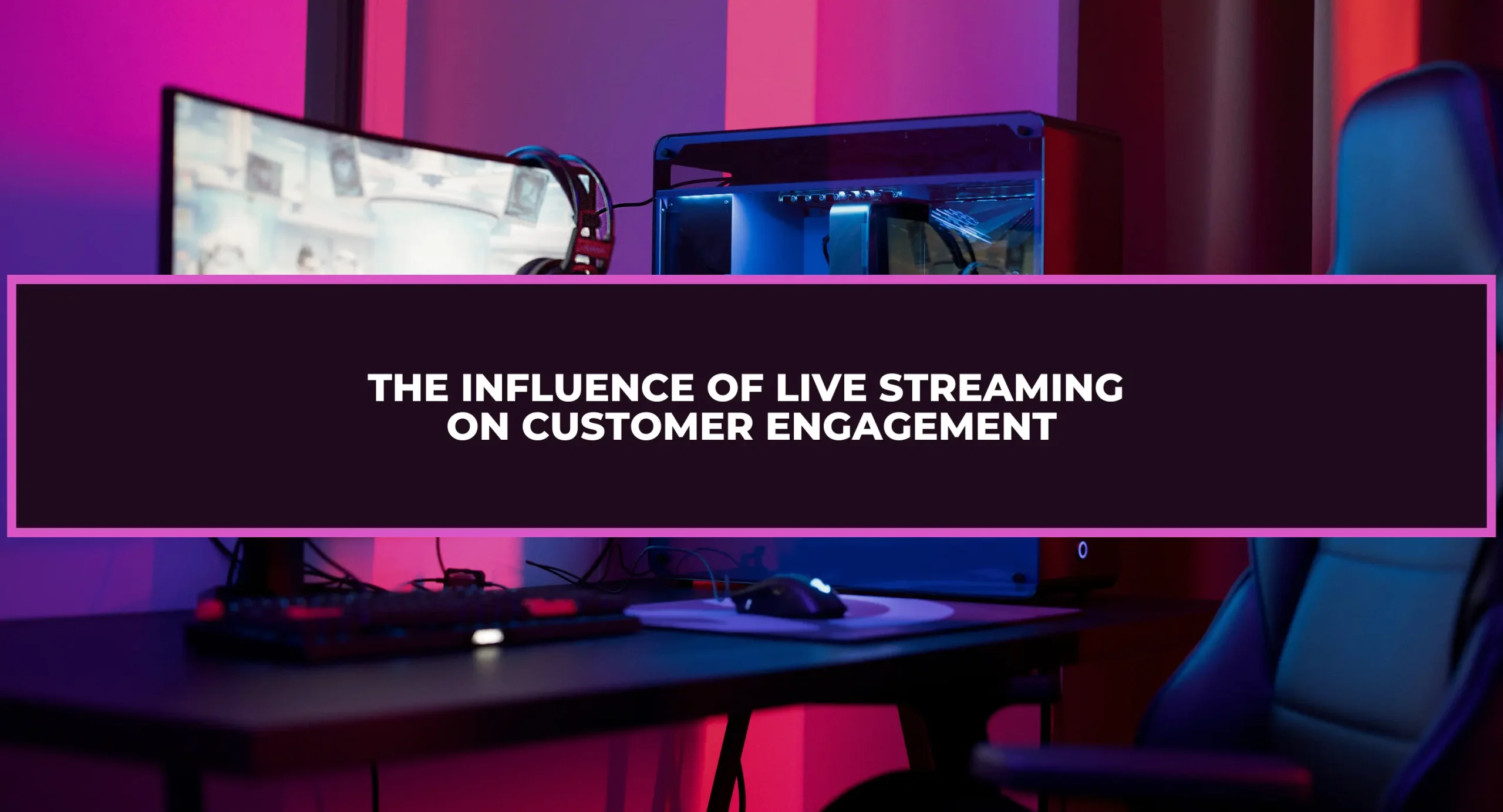In today’s fast-paced digital landscape, businesses are continually exploring creative ways to connect with their audiences. Live streaming has emerged as one of the most impactful tools for fostering real-time interaction and unfiltered communication. This medium has quickly become a key component of contemporary marketing strategies. So, what makes live streaming such an effective method for engaging customers?

The Growth of Live Streaming
The rise of live streaming can be credited to its ability to provide immediacy and authenticity. Popular platforms like YouTube, Instagram, TikTok, and Facebook have made live streaming accessible to businesses of all sizes. Research shows that over 80% of consumers prefer watching live videos from brands rather than reading a blog, highlighting the increasing demand for interactive and engaging content.
Creating Genuine Connections
Unlike pre-recorded videos, live streaming enables brands to interact with their audiences in a raw and unscripted way. This level of transparency fosters trust, as viewers often see live streams as more authentic. For instance, live Q&A sessions allow businesses to address customer inquiries directly, cultivating a sense of community and mutual understanding.
Boosting Customer Interaction
Live streaming’s interactive nature allows customers to engage in real time. Features such as live chats, polls, and personalized shoutouts make viewers feel recognized and appreciated. This active involvement transforms passive viewers into engaged participants, deepening their connection with the brand.
Highlighting Products and Services
Live streams are highly effective for product demonstrations and launches. Customers can see products in use, ask questions, and get instant feedback. This hands-on approach often results in higher conversion rates, as viewers gain a clear understanding of the product’s features and benefits.
Affordable Marketing Solution
For businesses—especially small companies and startups—live streaming offers a cost-effective way to reach a wide audience. It eliminates the need for costly production setups while delivering high engagement rates. Moreover, platforms often include analytics tools that help measure the performance of live streams, enabling businesses to refine their strategies.
Potential Challenges
Despite its advantages, live streaming does come with challenges. Technical difficulties such as poor internet connectivity or audio issues can disrupt the experience. Engaging an audience in real time requires preparation and quick thinking. To ensure a smooth experience, brands need to invest in reliable equipment and adequate training.
The Future of Live Streaming
As technology continues to evolve, live streaming is expected to become even more advanced. Innovations like virtual and augmented reality could make live streaming more immersive, offering richer customer interactions. Additionally, as platforms develop further, brands will find even more opportunities to engage with their audiences.
Live streaming is more than a passing trend—it is a powerful tool reshaping the way businesses connect with their customers. By building genuine connections, enhancing interactivity, and offering an affordable marketing approach, live streaming has become essential for modern brands. As this medium advances, its impact on customer engagement will only grow, playing a pivotal role in the future of digital marketing.
Companies that adopt live streaming today are not merely adapting to the present but are paving the way for a more connected and interactive future.






Leave feedback about this